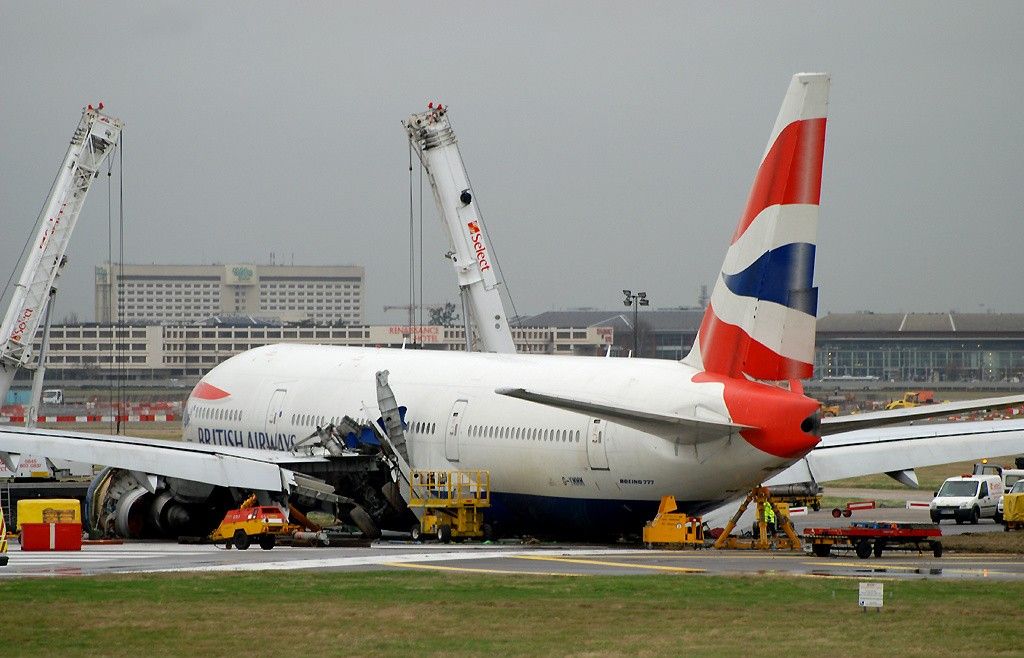An engine failure in a multi-engine aircraft is a rare event. However, it can still happen. And it is one of the most frequently practiced failures during pilot training and checking. Every license check involves an engine failure on take-off, a single engine precision and a non-precision approach, and a go-around.
What happens when an engine fails
Most multi-engine aircraft in use today have engines underslung from the wings. The engines are placed at a certain horizontal distance from the aircraft's Centre of Gravity (CG). This distance is known as arm length. The thrust generated by the engines acts through the CG which behaves like the pivot of a seesaw.
In normal conditions, both engines generate the same amount of thrust. However, when an engine fails, there is a thrust imbalance as the dead engine no longer produces any thrust while the operative engine continues to do so. The moment generated by the live engine yaws the aircraft towards the inoperative engine. This yaw needs to be arrested to ensure that the aircraft does not enter a spiraling dive.
To counter the undesirable yaw from the operative engine, a force needs to be generated in the yaw axis. This comes from the tail or the vertical stabilizer. The pilots can vary the force generated by the tail using the rudder attached to it. So, when an engine fails, the pilots use their feet and press on the rudder pedal to deflect the rudder until the yaw is controlled. If the engine fails on the right side, the left rudder is applied and if it is on the left, the right rudder must be applied.
In a twin-engine aircraft, losing an engine results in a 50% reduction in total power or thrust. Although, in terms of performance, an engine failure results in a loss of 70% of performance. This is because an engine failure results in drag due to control surface deflection (rudder and sometimes ailerons and spoilers) and due to sideslip.
Engine failure during takeoff
During a takeoff, the aircraft flies at a low-speed, high thrust regime. A combination that results in the least amount of control effectiveness. Due to this reason, the pilots are required to be precise with the flight controls. During takeoff, there exists a decision speed called V1. This is the speed beyond which the takeoff must be continued even if a failure such as an engine failure is to occur because, above this speed, the aircraft may not be able to stop safely. Below this speed, the takeoff must be rejected.
When an engine fails on takeoff, the pilot in control must firmly press the rudder to control the drift towards the dead engine. Failure to do so close to the ground can result in loss of control. In most aircraft, the failure of the engine also results in rolling tendencies. This must be countered by appropriate roll controls.
In most aircraft use of rudder inputs only can put the aircraft in a sideslip because the force on the vertical stabilizer can drag the aircraft in the air sideways. This causes additional drag. So, to zero out the sideslip, about 5 degrees of roll control may be applied to the live engine. This stops the sideslip and reduces the amount of rudder deflection required to counter the yaw. Both of these help to reduce drag and increase aircraft performance.
Stay informed: Sign up for our daily and weekly aviation news digests.
Once at a safe altitude with the aircraft under full control, the engine failure procedures and checklists can be attempted. The important part is not to rush things. An engine failure is not something that should worry a well-trained pilot. Rushing things have resulted in catastrophic outcomes such as the crash of TransAsia Airways Flight 235.
Engine failure during the cruise
At high altitudes, the air is less dense, and it is thus thinner. The engines operate nearly at their maximum RPM to generate the required amount of thrust. When an engine fails at these altitudes, the thrust from the remaining engine can no longer balance out the drag force, and this causes the aircraft to lose speed. If the altitude is maintained, the aircraft may lose speed to the point where the loss of control becomes highly likely.
So, at high altitudes, when an engine fails, the aircraft must be put on the descent to an altitude where the remaining engine thrust can balance out the drag. This altitude is known as the One Engine Inoperative (OEI) ceiling. This ceiling depends mainly on the aircraft's weight. The heavier the aircraft, the lower the OEI ceiling will be. For a typical jetliner, the OEI ceiling is in the range of 20,000 to 25,000 ft.
There are two main strategies when it comes to the descent of an engine failure event. In the first strategy, the aircraft is put on a descending path with a stable windmilling speed. This allows the pilots to attempt a restart. Below this windmilling speed, the engine may struggle to gain enough rotation.
In the second strategy, the aircraft speed is reduced to what is called a minimum drag speed called VMD. This is the speed at which the least amount of drag acts on the aircraft. When descending at this speed, the aircraft coasts down to the OEI ceiling at a slower rate. This strategy is useful if the engine fails over a high terrain environment where a faster descent may result in an impact with the terrain. This is also known as drift-down because the aircraft slowly drifts to the OEI ceiling. Once at OEI ceiling, the aircraft can cruise at the best OEI ceiling speed.
Engine failure during approach and landing
The pilot's actions during an engine failure during the final approach to landing may be two. One is to simply continue the approach with the remaining engine. The other is to make a go-around, sort out the procedures and checklists and come for a single engine approach and landing.
From a personal point of view, I would say the best is to continue the approach if the aircraft is configured for the landing. The flying can be done by the flying pilot, while the engine securing process can be carried out by the non-flying pilot. In most airliners, a failure of an engine does not result in major system losses due to redundancy. So, the flight characteristics of the aircraft are hardly affected. Hence, continuing the landing is probably the safest option.
Dual engine failure
While an engine failure is a rare occurrence, a double-engine failure is even rarer. But there are circumstances under which an aircraft can lose both engines. In the past, there have been instances when both engines failed after being starved of fuel, such as the Gimli Glider incident in which a miscalculation of fuel quantity led to a midair engine failure. The experienced captain of the flight managed to land the plane safely.
In 2008, British Airways flight 38 crashed on landing at Heathrow after low temperatures during the flight caused the formation of ice crystals in the aircraft's fuel. When temperatures rose, the ice softened and flowed forward to the fuel-oil heat exchangers (FOHEs). On landing, this blocked the flow of fuel to the engines, and they did not respond to demands for increased thrust.
Bird strikes can also sometimes cause dual engine failure, as happened with US Airways flight 1549. The aircraft encountered a large flock of Canada geese on take-off from New York La Guardia airport - at an altitude of just under 3,000 feet. This caused both engines to shut down, and they could not be restarted. The aircraft did not have time to turn back to the airport, and Captain Chelsey Sullenberger managed to land it successfully on the Hudson River.
With that being said, engine failure of any kind is, thankfully, not so common in modern aviation. And even then, as explained in this article, the pilots flying the plane are adequately trained in dealing with such a situation.
What are your views on this? Please leave a comment below.


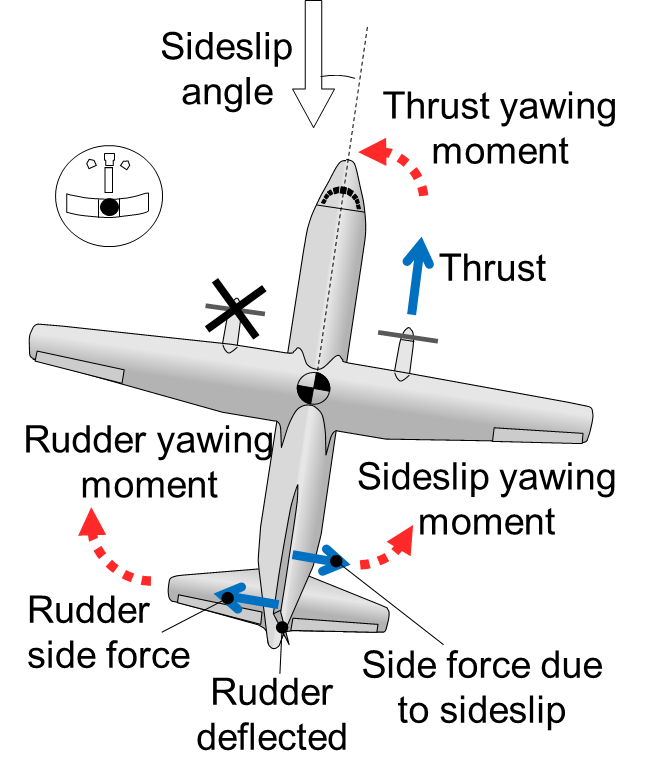
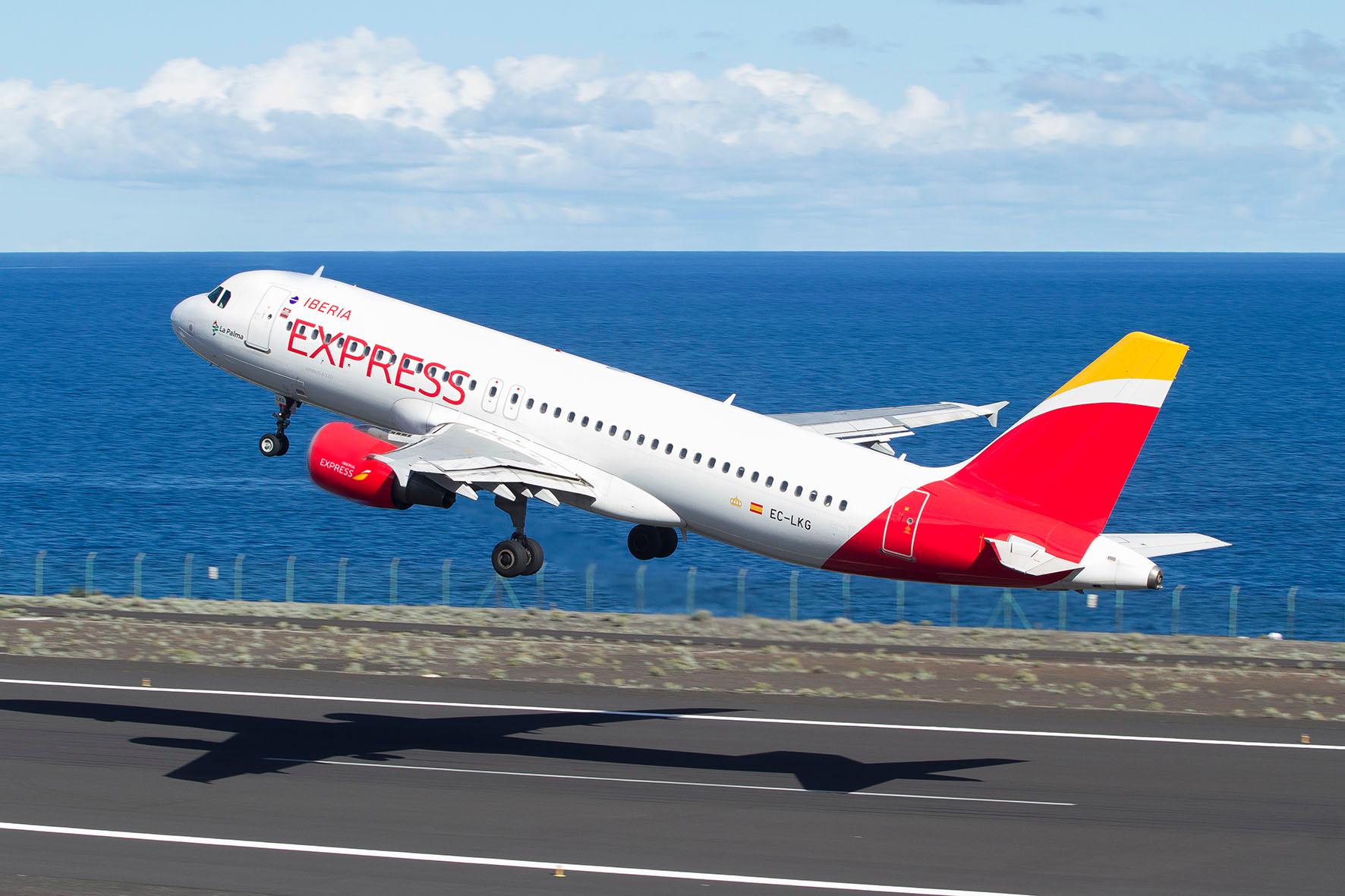
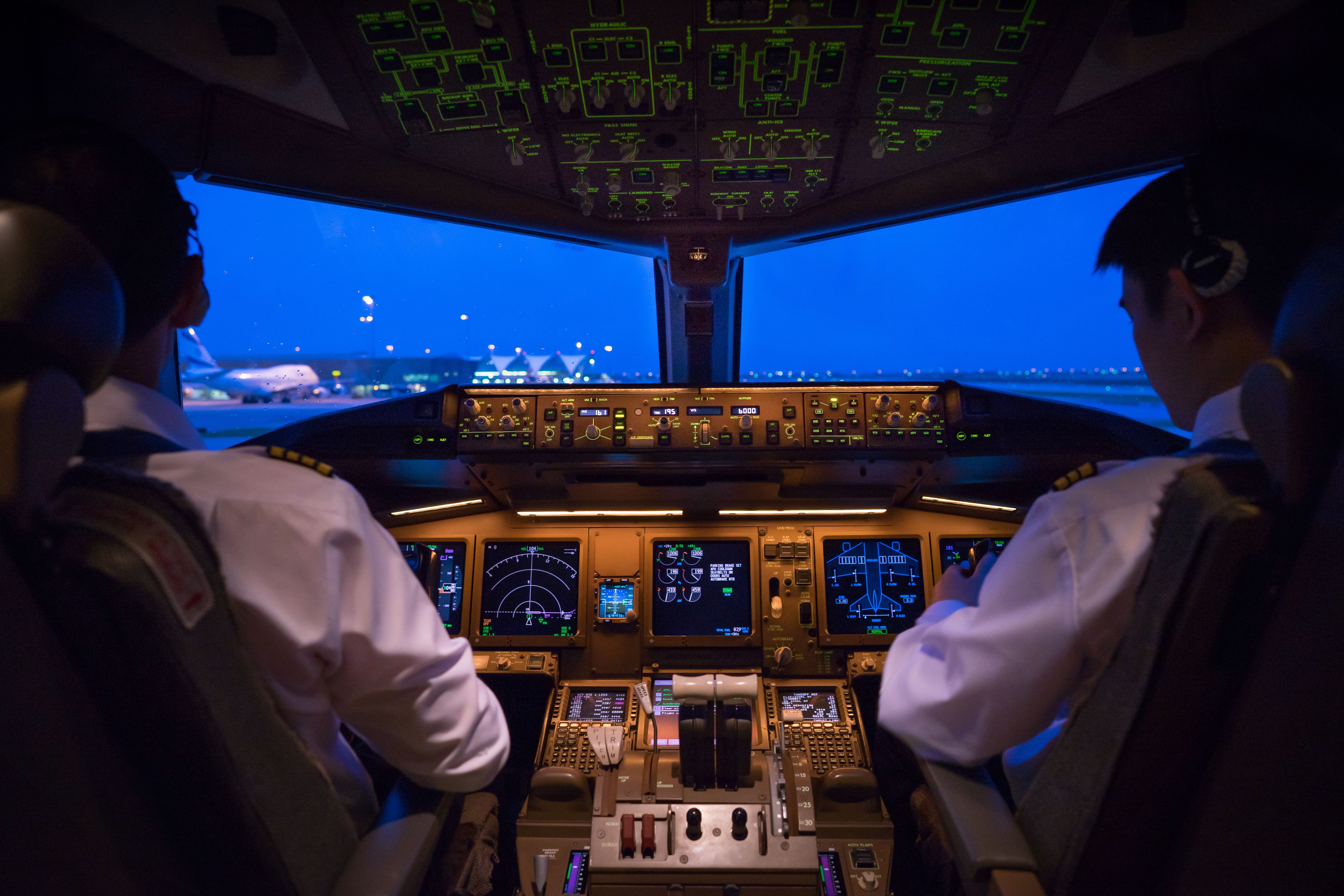
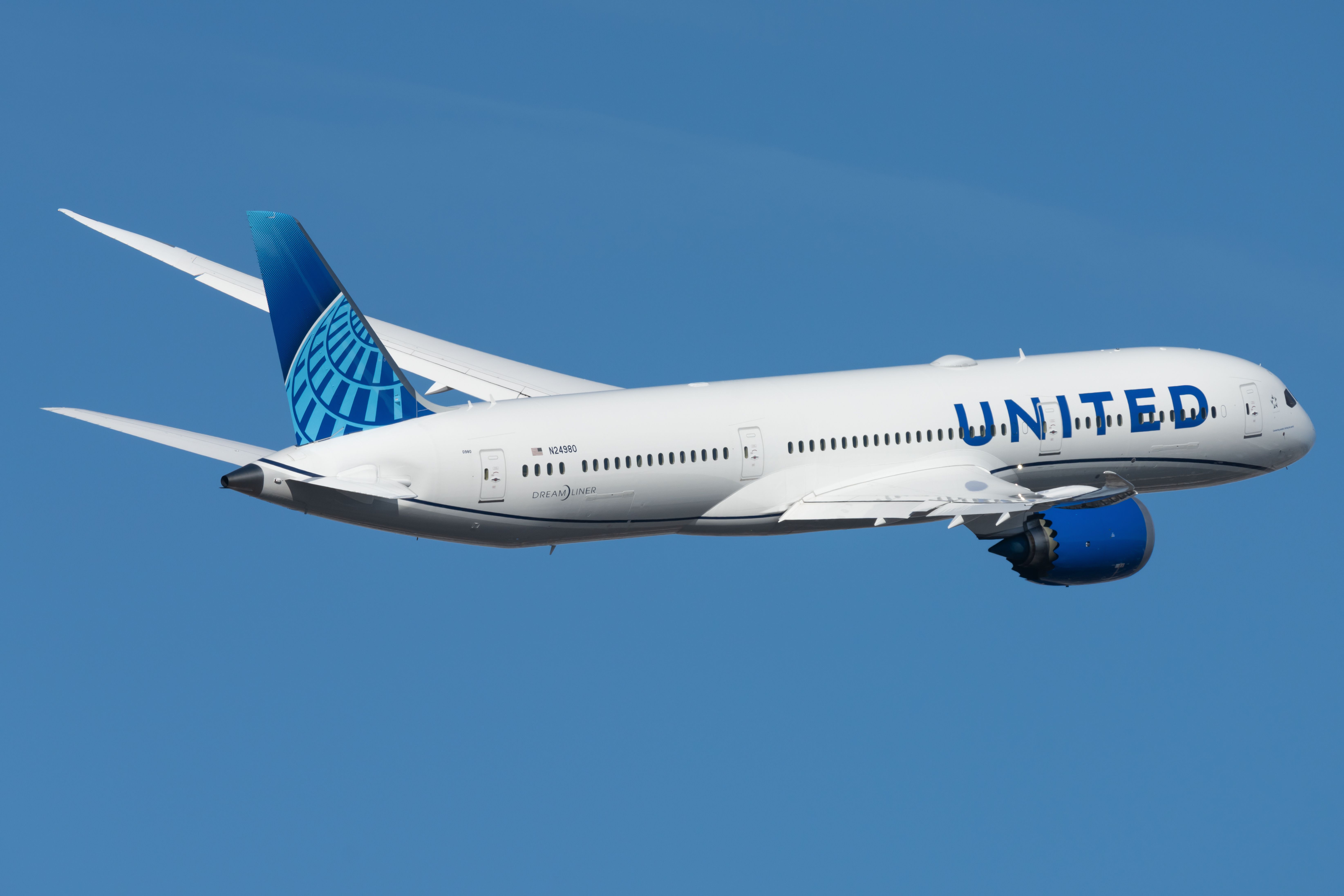
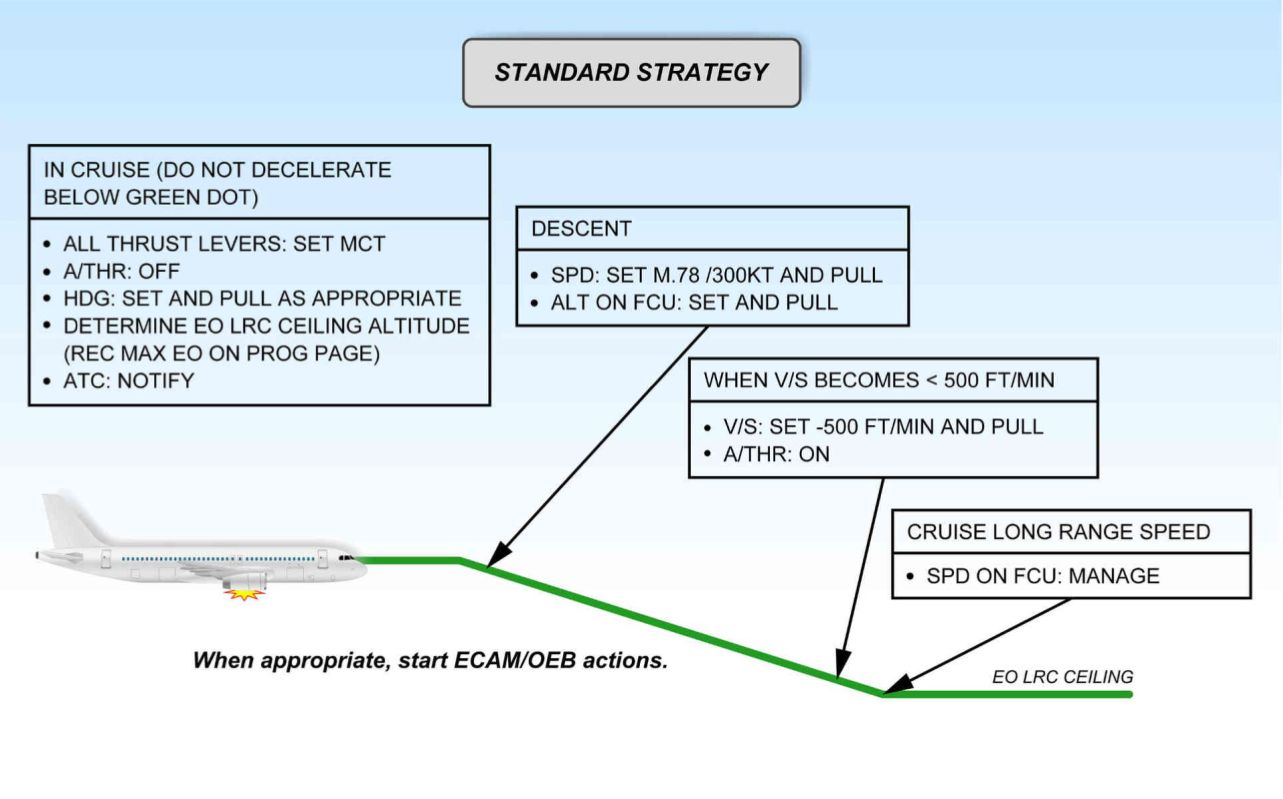

.jpeg)
